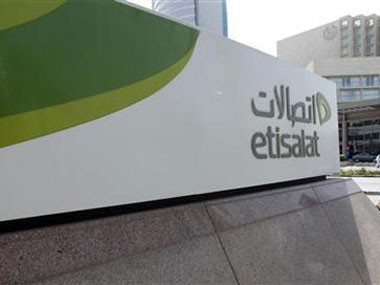Urban headline inflation in Egypt edged up to 13.9% in April 2025, compared to 13.6% in March, according to the Central Bank of Egypt (CBE). The slight increase came in the wake of fuel price hikes introduced by the Fuel Automatic Pricing Committee on April 11, which raised prices of gasoline, diesel, and LPG cylinders. Despite this, overall inflationary pressures remained relatively contained, supported by falling food prices.
Core inflation, which excludes volatile items such as food and energy, accelerated to 10.4% in April, up from 9.4% in March. This increase was driven by a rise in monthly core inflation, which registered 1.2%, compared to 0.9% in March and 0.3% in April 2024. The uptick reflects the pass-through effect of higher fuel prices on services like private inland transportation and spending on restaurants and cafes. Rising costs in retail items, particularly clothing and pharmaceutical products, also contributed to the increase. However, these pressures were partially offset by a decline in core food inflation, which fell by 0.8% due to a notable drop in poultry prices.
Monthly urban headline inflation came in at 1.3% in April, down from 1.6% in March, but slightly higher than the 1.1% recorded in April last year. The slowdown was largely attributed to an unexpected 12.9% decline in fresh fruit prices, which typically rise during this period. This seasonal anomaly, along with relatively stable prices in non-food items and core food products, helped moderate the overall monthly inflation rate.
In rural areas, annual headline inflation rose to 13.1% in April, up from 12.5% in March. On a national level, annual headline inflation reached 13.5%, compared with 13.1% a month earlier.
Food price movements had a mixed impact. Poultry prices dropped by 6.5% in April, marking the first decline in three months and reflecting a typical post-Ramadan seasonal adjustment. Egg prices also decreased, falling by 3%. Together, these items reduced monthly headline inflation by 0.44%. In contrast, fish and seafood prices rose by 2.7%, driven by seasonal demand during the Eid al-Fitr and Easter holidays, contributing 0.08% to overall inflation. While fresh vegetables saw a modest 1.4% increase, the sharp drop in fresh fruit prices outweighed this, and the combined effect of both categories subtracted 0.36% from monthly headline inflation.
Non-food categories exerted stronger upward pressure. Prices of regulated items rose by 4% in April, contributing 0.84% to headline inflation. This was largely due to the 14% increase in fuel prices, which led to indirect inflationary effects on public transportation. Service prices increased by 2.3%, adding 0.61%, with much of the rise attributed to higher restaurant costs and private transportation fares. Retail items also saw significant price hikes, rising by 3.6% and contributing 0.50% to inflation. Pharmaceutical products in particular saw a 12% increase, while clothing prices also trended upward.
Monthly core inflation was shaped by these developments. Services and retail items contributed 0.84 and 0.69%, respectively, to the monthly core reading. However, the decline in core food prices provided a counterbalance, subtracting 0.35% from the overall figure.




